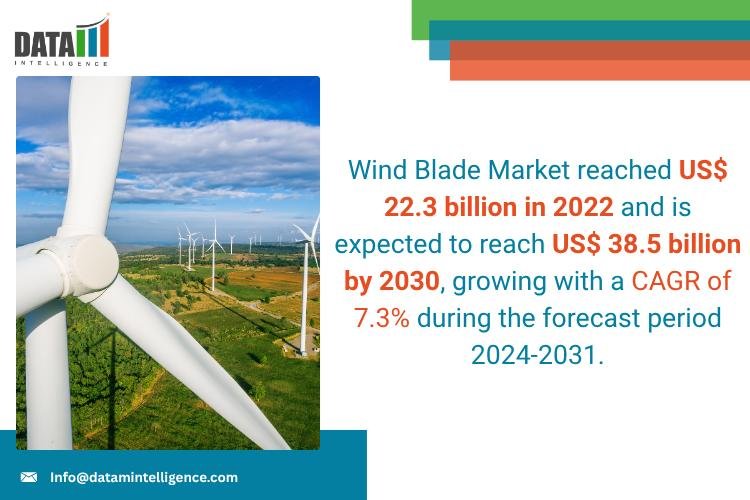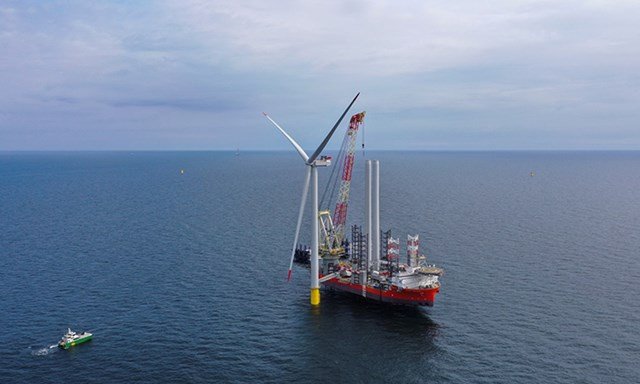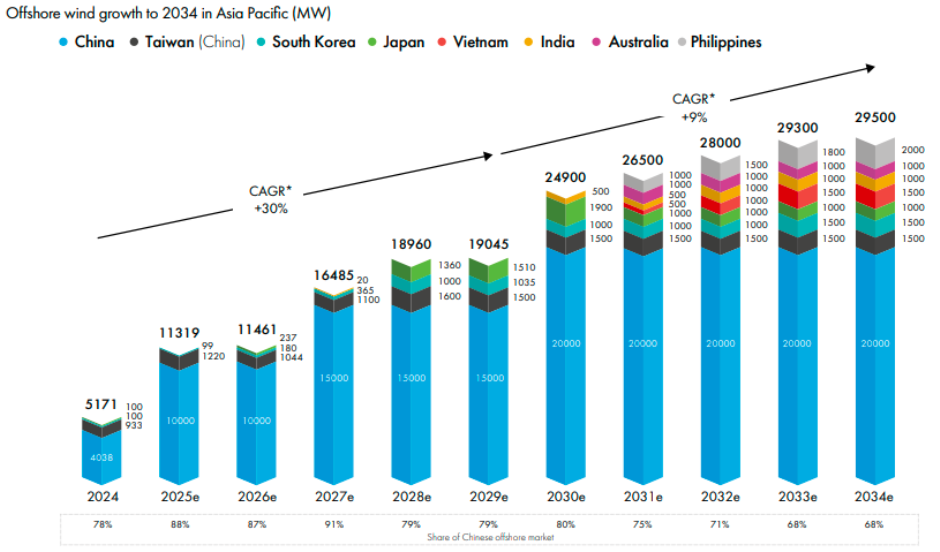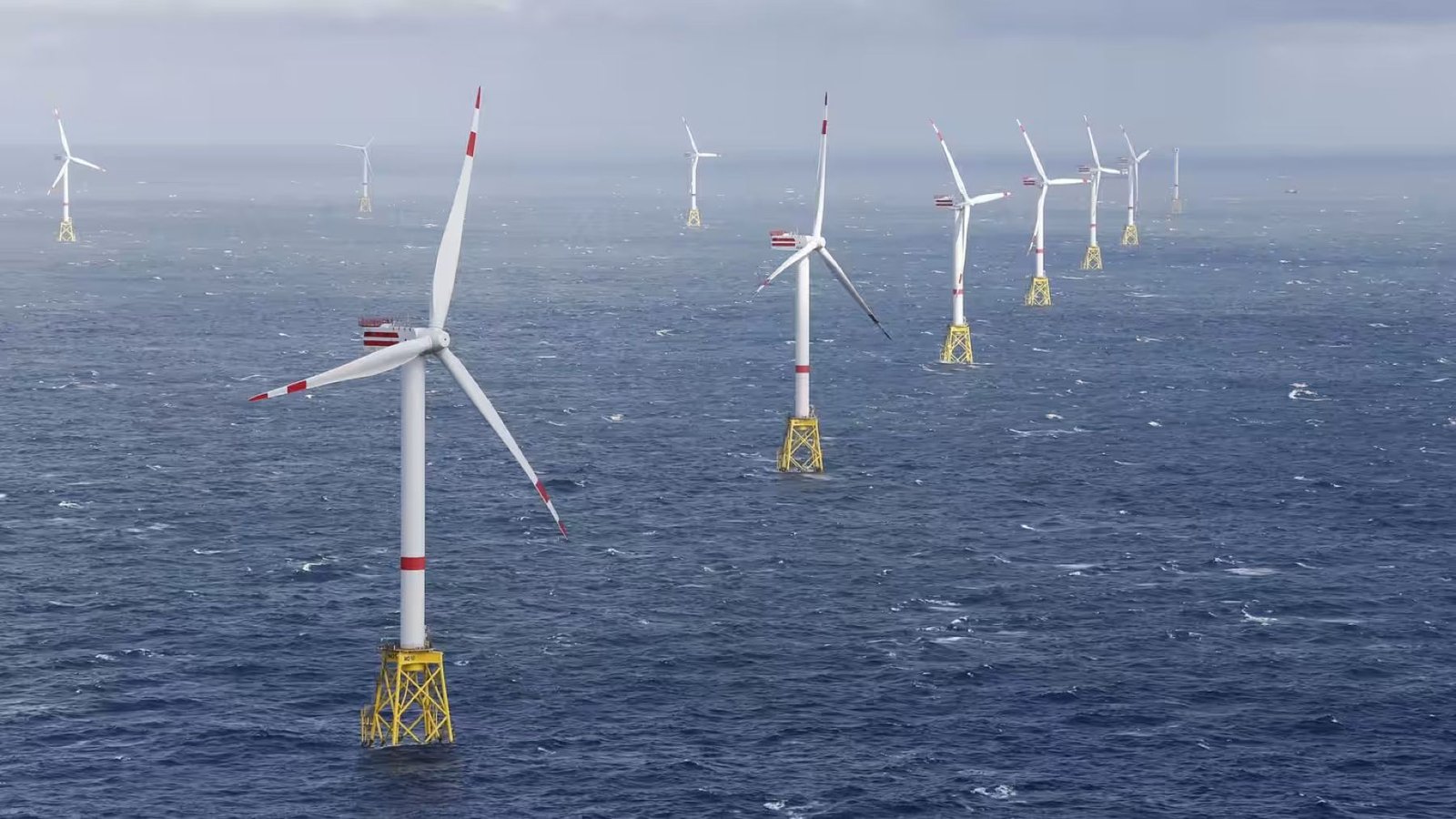The wind blade market is projected to grow from $22.3 billion in 2022 to $38.5 billion by 2030, representing a compound annual growth rate (CAGR) of 7.3% during the period from 2024 to 2031. This growth reflects increasing demand for efficient and sustainable energy solutions as global priorities shift towards renewable energy.
DataM Intelligence’s report emphasizes that the evolution of wind turbine blades is influenced by growing environmental awareness, supportive regulations, and favorable economic trends. The demand for high-performance, durable, and eco-friendly wind blades is expected to rise in response to these factors.
The Asia-Pacific region is a key player in this market, accounting for over one-third of global wind blade sales. Countries such as China, India, South Korea, and Australia are experiencing rapid urbanization and economic growth, driving up energy demand. Wind power is being recognized as a scalable solution to meet this demand, supported by abundant wind resources in the region. Investments from governments and private entities in wind infrastructure are further stimulating the market for wind turbine blades.
Increasing electricity consumption across residential, commercial, and industrial sectors is also contributing to the wind blade market’s growth. The transition to wind energy is being accelerated by technological advancements that allow turbines to generate power even in areas with lower wind speeds. Innovations in turbine design have improved efficiency and expanded the potential for wind farm development.
Although the global onshore wind market faced a decline in installations in 2021, primarily due to slowdowns in China and the United States, other regions showed strong growth. Europe saw a 19% increase in installations, Africa recorded a 27% rise, and the Middle East experienced a remarkable 120% growth. This diversification indicates a shift in wind energy development beyond traditional markets.
The report identifies several strategic players in the wind blade market, including Vestas Wind Systems, LM Wind Power, Siemens Gamesa, Suzlon Energy, Enercon, Nordex Group, and GE Renewable Energy. These companies are actively contributing to market advancements through innovation and infrastructure development.
The wind blade market encompasses various segments, including materials (glass fiber, carbon fiber, and others), blade sizes (60 meters), applications (onshore and offshore), and regional markets (North America, Latin America, Europe, Asia-Pacific, and the Middle East & Africa).
In summary, the wind blade market is set for substantial growth, driven by rising electricity demand, technological advancements, and significant investments in wind energy infrastructure, especially in the Asia-Pacific region.




